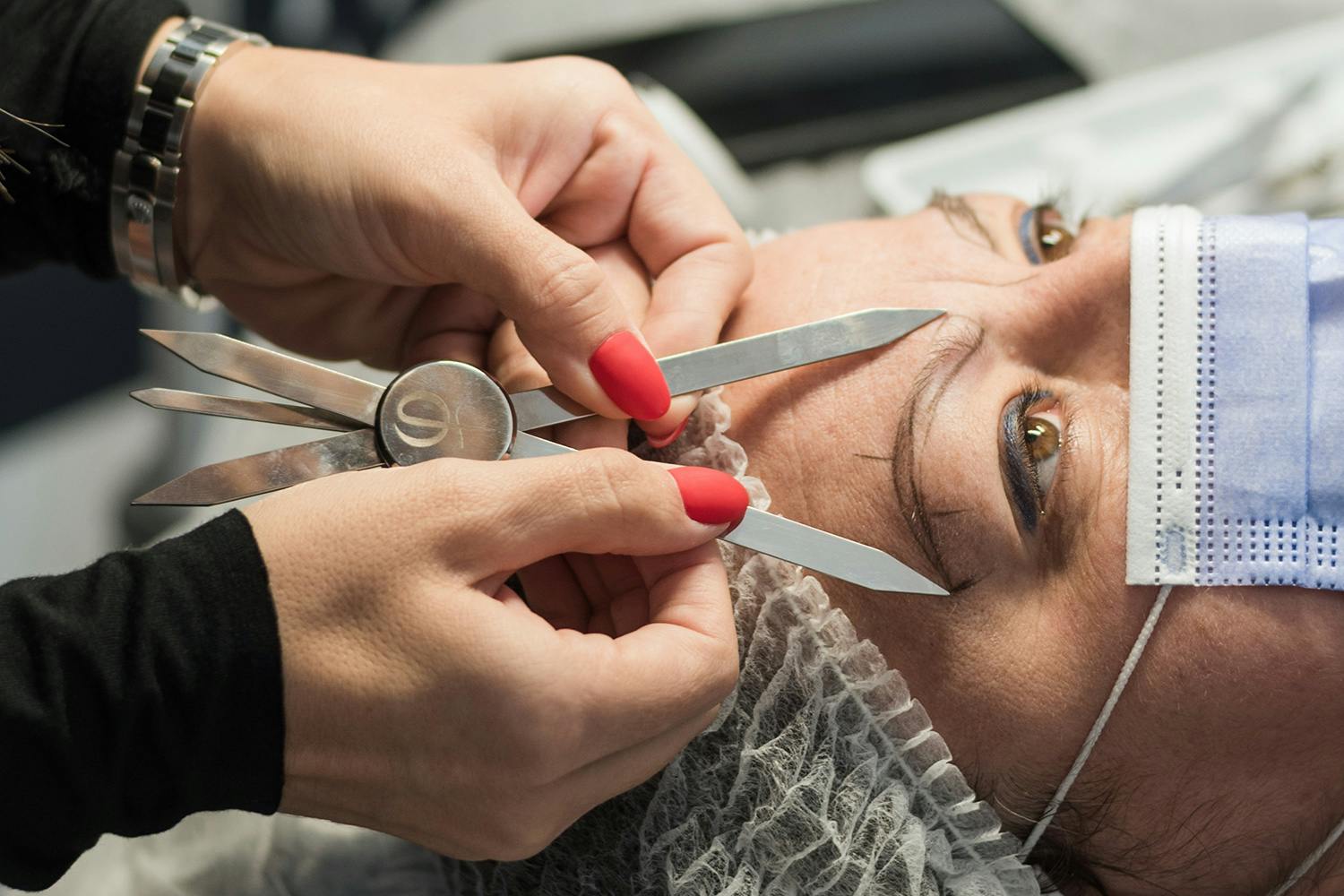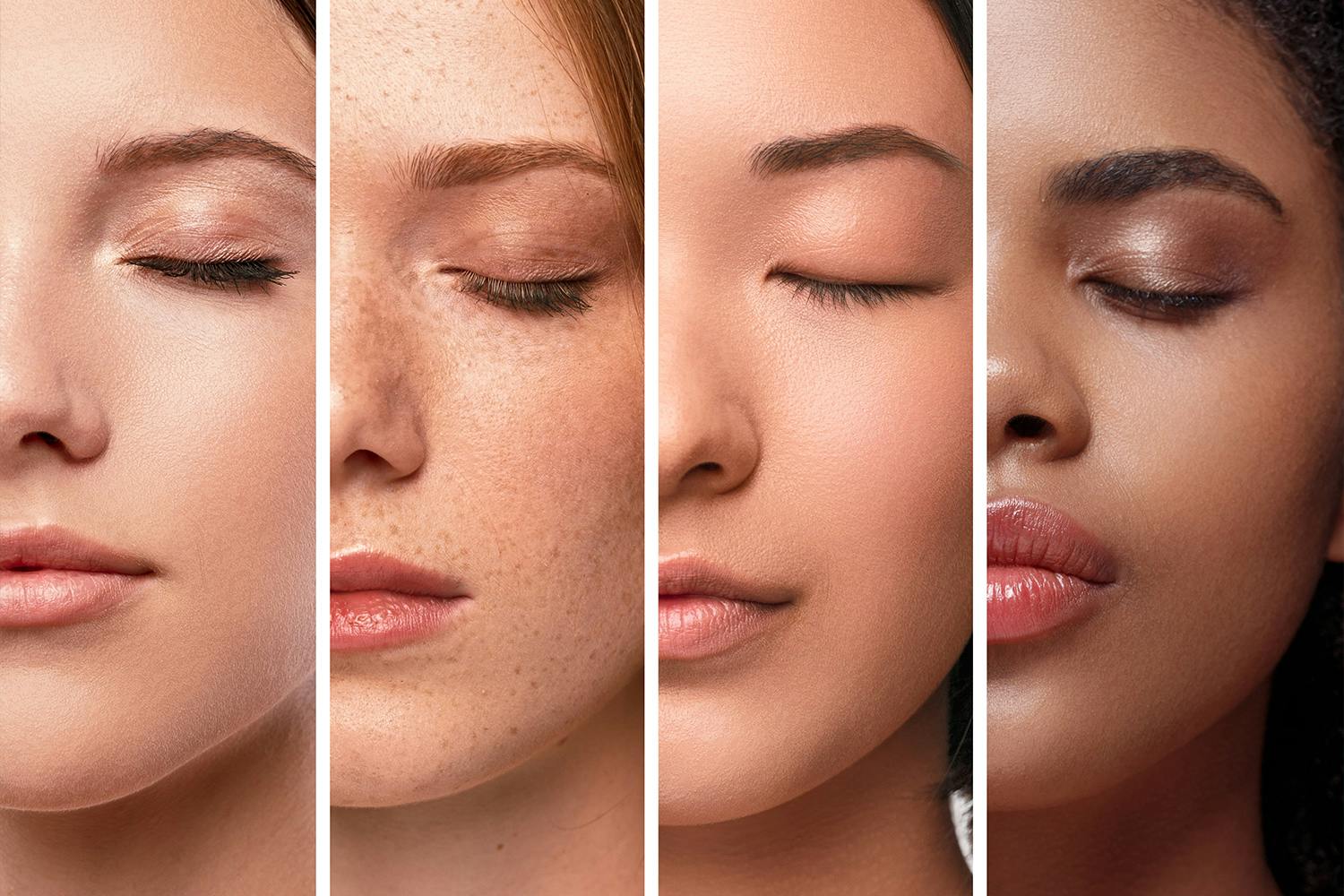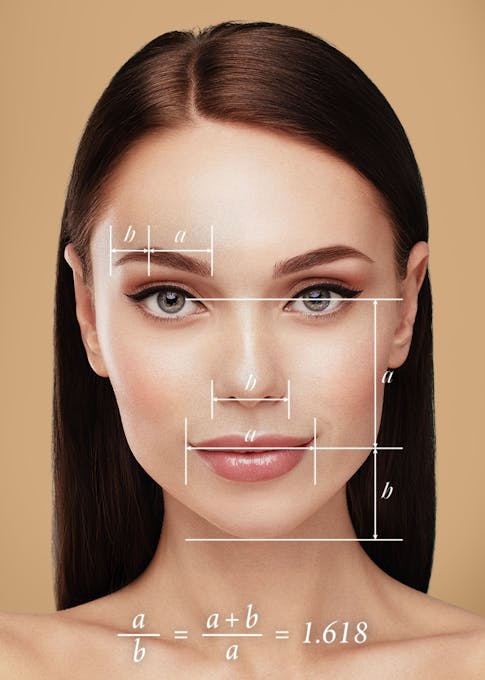A perfect pair of eyebrows on one person might look terrible on another. Why? It’s because each individual’s face is as unique as a fingerprint, and understanding facial anatomy plays a pivotal role in microblading, and these unique traits can drastically affect the microblading result.
The eyebrow trends keep changing year after year, from thick to thin, from high arched, to low-arched. At first, people were plucking eyebrows trying to achieve the desired look, but it was not a long time ago when we realized that shaping it was not enough - we should enhance the overall eyebrow look.
And the best way to do that is to tailor each brow look according to each individual face anatomy.
Achieving perfect brows isn’t simple, however, thanks to the Phi proportion (1.618) used at Phi Academy, and knowledge about facial anatomy, you’ll make sure you’re always creating the best eyebrows.
Here’s what you need to consider.
Firstly, consider the bone structure.
The brow bone, forehead shape, and the orbital bone's curve can impact the final look. Microblading isn't 'one-size-fits-all.' Artists need to apply the Phi proportion when designing the brows to harmonize with the client's facial features.
Tip: Invest in a Phi Caliper and use it to accurately map out the brows.

To ensure the natural looking eyebrows, the artist will use Phi proportion (Golden ratio) to draw eyebrows that complement her pronounced brow-bone.
Next, consider the skin type.
It greatly impacts how the pigment is retained. Oily skin might cause the microblading strokes to blur or fade faster, while dry skin could retain pigment better but be prone to scarring. Understanding this allows a microblading artist to adjust their technique and provide personalized aftercare advice.
Tip: Regularly practice on synthetic skin of latex to mimic different skin types.
Understanding of the vascular system in the brow area is crucial.
This network of blood vessels affects how much a client may bleed, impacting pigment retention, pain levels, swelling, and healing times.
Tip: Take a PhiBrows training to understand how this system works.

Every stroke is an intentional decision guided by the artist's understanding of facial anatomy and geometric principles, notably the Golden ratio and Phi proportion by PhiAcademy
How can a microblading artist apply this knowledge?
During a comprehensive consultation with the client, every microblading artist should address their features and tailor the best approach to microblading and aftercare.
For example, Angela is a client with an oily T-zone, and a prominent brow bone. Due to her face and skin features, an artist may decide to use less dense pigment, aware that Angela’s oily skin might blur the strokes.
To ensure the natural looking eyebrows, the artist will use Phi proportion (Golden ratio) to draw eyebrows that complement her pronounced brow-bone.
In the world of microblading, nothing happens by accident.
Every stroke is an intentional decision guided by the artist's understanding of facial anatomy and geometric principles, notably the Golden ratio and Phi proportion. These fundamental concepts are the heart and soul of the Phi Academy, because they ensure consistency and precision.
So, to all the microblading artists and clients out there, remember this: the Golden ratio and Phi proportion aren't just extras, they're essentials. For artists, they elevate your craft, and for clients, they ensure your new brows don't just look great, they look perfect for you. Because when it comes to beauty, one size does not fit all – it's as unique as you are.


Join the discussion